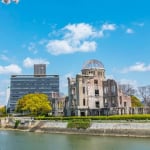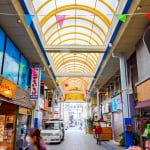Name: Zao Ropeway
Address: 229-3 Zao Onsen, Yamagata City
Official / Related Site URL: http://zaoropeway.co.jp/
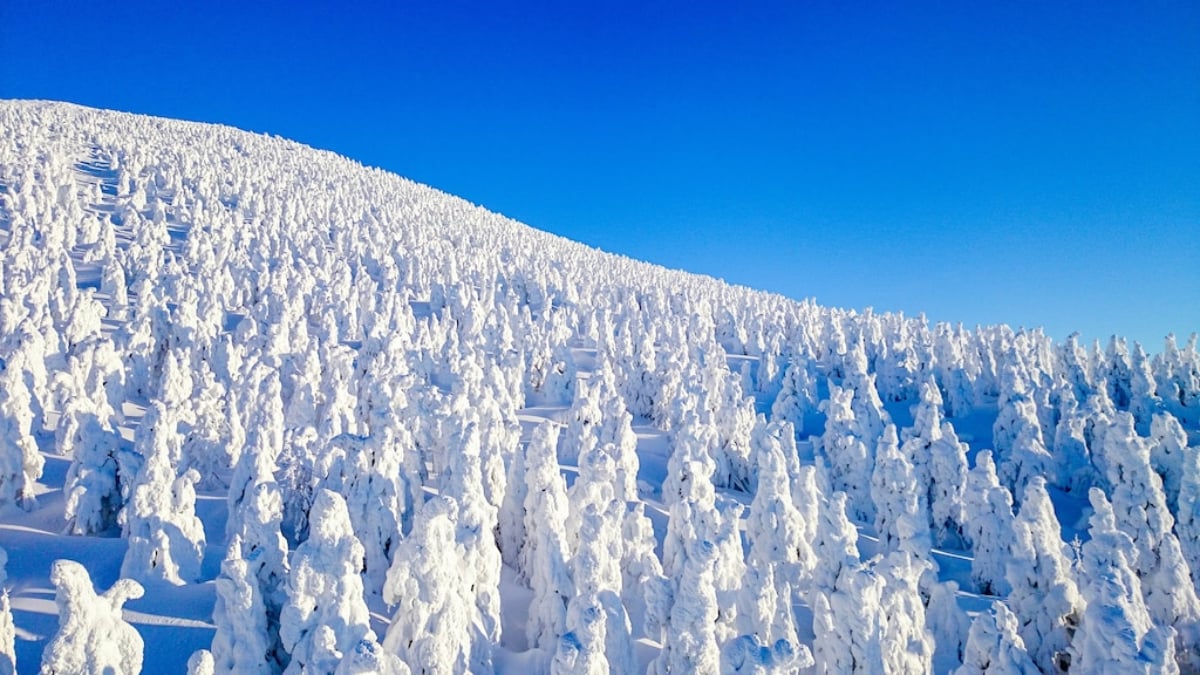
6 recommended tourist spots in Zao Onsen, Yamagata Prefecture|Enjoy frost-covered trees and Autumn leaves too!
The Zao mountain range, a famous peak representing the Tohoku region, straddles Yamagata and Miyagi prefectures. This popular sightseeing destination offers vastly different views depending on whether you approach it from the Yamagata or Miyagi side. When people talk about “Yamagata Zao,” they’re usually referring to Zao Onsen, the ski resort, and most famously, the frost-covered trees! It’s also easily accessible—less than 40 minutes by local bus from Yamagata Station—so tourists flock here throughout the year. In this article, we’ll focus on Yamagata Zao, particularly around Zao Onsen, and introduce its top sightseeing highlights!
table of contents
[x] close
6 recommended tourist spots in Zao Onsen, Yamagata Prefecture|Enjoy frost-covered trees and Autumn leaves too!
1. Zao Ropeway – Frost-covered trees in winter, autumn leaves in fall
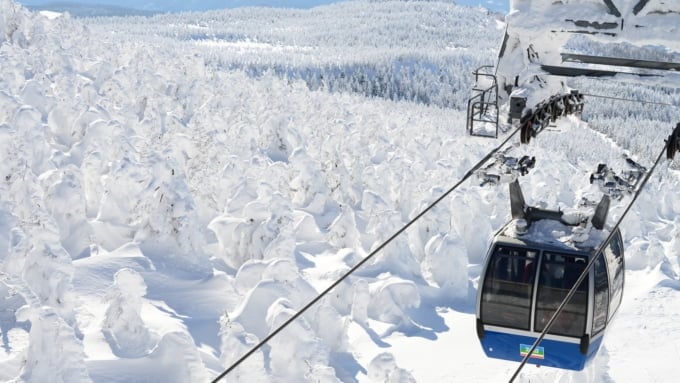
Yamagata Zao Onsen Ski Resort boasts one of the largest single ski areas in Japan. Its main transport line, the Zao Ropeway, is frequently used by general tourists—even in the dead of winter—who come without skis or snowboards just to see the stunning frost-covered tree fields spreading out below.
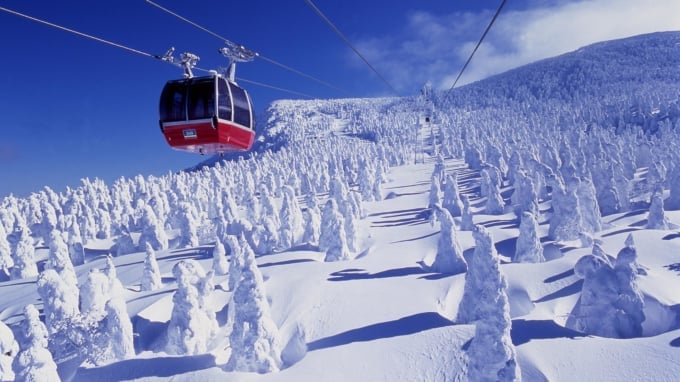
The Zao Ropeway consists of two lines: the Sanroku Line (foothill line) and the Sancho Line (summit line). The second line, which you transfer to, runs right above the frost-covered forest. This natural art formed by Zao’s severe cold and blizzards is sure to leave even non-winter sports enthusiasts deeply moved.
The frost-covered trees grow in January and reach their peak in February. Of course, when going to see them, be sure to dress with the highest level of cold protection. Incidentally, it’s said that clear days are rare in Zao during winter, so if you're lucky enough to get the kind of clear blue skies shown in travel posters, consider yourself extremely fortunate! Even if the weather is poor, the “ice monsters,” as the frost-covered trees are called, are overwhelmingly impressive when viewed up close.
Also, from late December through early March during the season, there are nighttime operations until 9:00 p.m., which are highly recommended! Although it’s so cold that it feels like even people could freeze, the sight of the frost-covered trees illuminated and floating in the razor-sharp air is like stepping into another dimension of magical, surreal beauty.
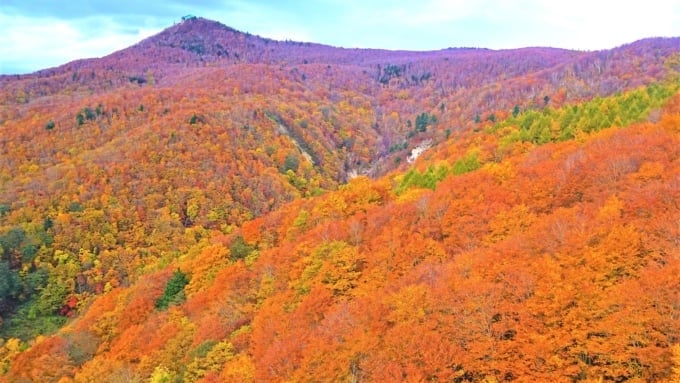
As summer ends, the autumn foliage begins gradually from the summit—this, too, is a major attraction of Zao! As you ride the ropeway across the expansive and majestic Zao foothills, you’ll notice the color gradations changing with the altitude.
Moreover, the crisp air of this season makes it the perfect time to hike from the summit station to Kumano-dake (1,840m), the highest peak in the Zao range! If you continue walking a bit further, you can also catch a view of Okama (Goshiki-numa) on the Miyagi Zao side.
2. Zao Onsen Grand Open-Air Bath
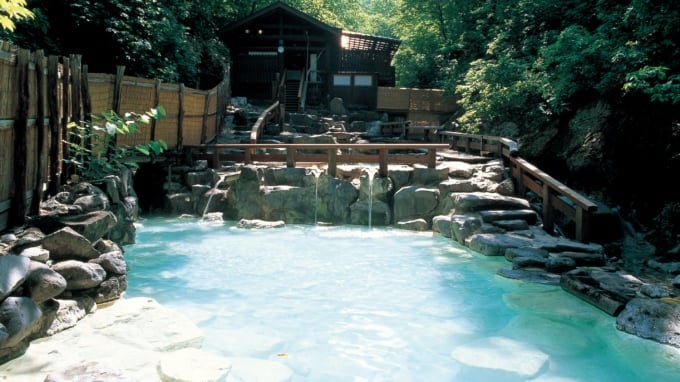
Located beside a mountain stream, the "Zao Onsen Grand Open-Air Bath" is a communal bath that can be considered the symbol of Zao Onsen town. Its spacious, rustic, and stone-built open-air bath is the perfect place to soak in the full atmosphere of Zao’s hot spring culture.
Zao’s water is one of Japan’s most strongly acidic hot springs, and its components are powerful enough to remove skin oil and impurities without the need for soap. Naturally, metal accessories are strictly forbidden, and if you don’t thoroughly dry your body before dressing, your clothes may even get damaged! When visiting, it’s best to bring undergarments or towels that you won’t mind getting ruined.
Reading this might make you a bit scared to enter, but no need to worry! Zao’s sulfur spring is said to rejuvenate blood vessels and skin, and its antibacterial properties help boost immunity. However, please note that the bath is closed during the winter season (usually from late November through March, depending on snowfall).
Name: Zao Onsen Grand Open-Air Bath
Address: 853-3 Arashiki, Zao Onsen, Yamagata City
Official / Related Site URL: http://www.jupeer-zao.com/roten/
3. Okama Crater (Goshiki-numa)
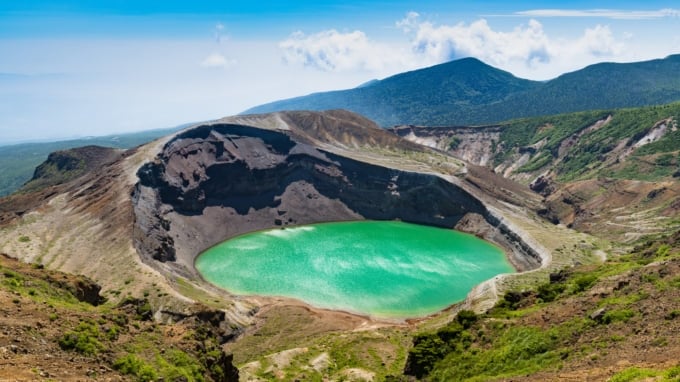
Famous as an emerald-green crater lake, Zao’s Okama (also called Goshiki-numa) lies on the Miyagi Prefecture side. However, the best viewpoint to admire Okama is accessible by taking the Zao Katta Lift from the Zao Echo Line and getting off at the summit station on the Yamagata side.
From there, once you reach the ridge marking the prefectural border, the round, beautiful lake—also known as Goshiki-numa—is right before your eyes! As the name suggests, the color of the water subtly changes due to volcanic activity and various natural phenomena, making it a mysterious sight that you'll want to return to again and again.
The Zao Echo Line, which winds around the south side of Okama, is also popular as a scenic driving route during autumn foliage season. However, please note that buses only operate from the Miyagi side, so if you're coming from Yamagata Zao, you'll need to travel by car or taxi.
4. Zao Jizoson
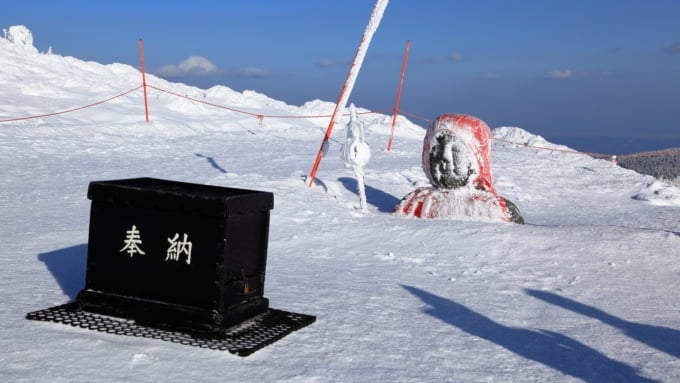
About 100 meters from the Zao Ropeway summit station stands a large Jizo statue adorned with a red apron and hood. It was built in 1775 (An'ei 4 of the mid-Edo period) by a local village head after 37 years of effort.
The statue stands 2.34 meters tall, yet in winter it becomes almost completely buried in snow, with only its head remaining visible. A face you would look up at in spring to autumn ends up at your feet in winter! It’s a hidden sightseeing gem known to those familiar with the remarkable depth of Zao’s snow.
Name: Zao Fishing Pond
Address: Zao Onsen, Yamagata City
Official / Related Site URL: https://bit.ly/2m1HHiw
5. Fudo Falls
The grand Zao mountain range is home to numerous waterfalls, large and small. Among them, Fudo Falls is especially recommended for its impressive volume and intensity. It's a popular trekking destination during the snow-free seasons, with unparalleled beauty during the autumn foliage.
To reach Fudo Falls, begin at the summit stations of the Zao Chuo Ropeway and Zao Sky Cable at Yamagata Zao Onsen Ski Resort and head toward Dokko Marsh. From there, descend a somewhat rugged mountain path along the river, and you’ll eventually see the falls split into several streams tumbling down beside you.
The mountain trail itself is refreshing and pleasant, making it a perfect course for a casual nature walk in Zao. That said, be sure to wear at least minimal hiking attire. By the way, cars can go up close to the trailhead, and there are restrooms along Dokko Marsh.
Name: Fudo Falls
Address: Kamitakarazawa, Yamagata City
Official / Related Site URL: https://zaochuoropeway.co.jp/jp/summer/fudotaki.php
6. Yamagata Wild Grass Garden
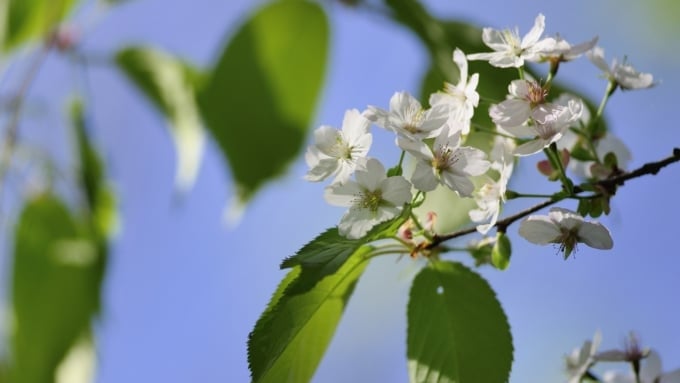
Yamagata City Wild Grass Garden is a sightseeing spot located along the shortcut route from the Yamagata Zao IC on the Yamagata Expressway to Zao Onsen. It’s a botanical garden themed around coexisting with nature, and home to approximately 1,000 species of wild grasses, trees, and other plants.
One highlight is the world’s only “Miyama Kasumi Zakura,” a unique cherry blossom tree! Though it had long grown naturally in the garden, it was only recently identified as a rare hybrid species—a natural cross between the Miyama Zakura and Kasumi Zakura. It blooms around mid-May and is characterized by its petals that split into two at the tips.
Other highlights include Oze Kohone flowers blooming from May to September, and spring-blooming colonies of Asian skunk cabbage and Symplocarpus renifolius. The garden is filled with charming seasonal wildflowers! It is closed during winter (December to March), but outside of that, you’ll find healing beauty among the plants, flowers, and insects no matter when you visit.
Name: Yamagata City Wild Grass Garden
Address: 832-3 Kamio, Yamagata City
Official / Related Site URL: http://www.yasouen.jp/
◎ Summary
At Yamagata Zao, hot springs take center stage, but the area offers an abundance of charm all year round—from spring cherry blossoms and summer hikes to autumn foliage and winter frost-covered trees! The Zao mountain range reveals a different face each season, always delivering healing nature and new discoveries. After enjoying your time outdoors, don’t forget to savor some local Yamagata cuisine! Fun fact—Zao Onsen is one of the places that claims to be the birthplace of Jingisukan (grilled mutton). There are many restaurants and inns around the onsen town where you can try it. Whether you're coming from downtown Yamagata or nearby Sendai, be sure to visit Yamagata Zao again and again!
RELATED ARTICLES
REGIONS
CATEGORIES
FEATURED ON yamagata
-
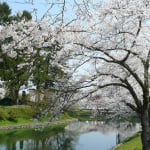
7 Tourist Spots in Shinjo City, Yamagata Prefecture to Enjoy Nature and Culture
-
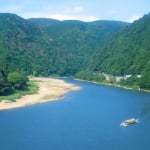
If You Go to Yamagata, Try These! 7 Recommended Hands-On Experience Spots
-
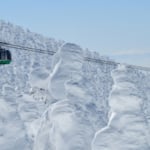
Enjoy twice as much when you go as a couple!? 4 recommended date spots in Yamagata Prefecture
-
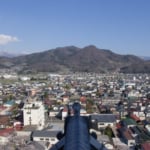
A must-visit at least once! 5 recommended sightseeing spots in Kaminoyama Onsen, Yamagata Prefecture
-
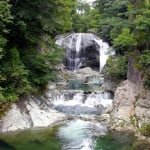
6 Recommended Tourist Spots in Higashine City, Yamagata Prefecture — Enjoy Fruits and Nature!
MOST POPULAR ON yamagata
-
 1
1Doha: Must-see Attractions in the Capital of Qatar
-
 2
2Toronto: 10 Things to do in this Picturesque Canadian City
-
 3
3Amarillo: A City Famous for It’s Amazing Canyons, Great History and Music
-
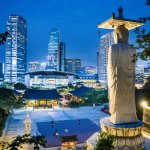 4
4South Korea: Dazzling Scenery, Rich Culture and Fascinating History
-
 5
5Kuwait: A Country in Middle East Asia Famous for Hot Sand Dunes and Stunning Cityscape




